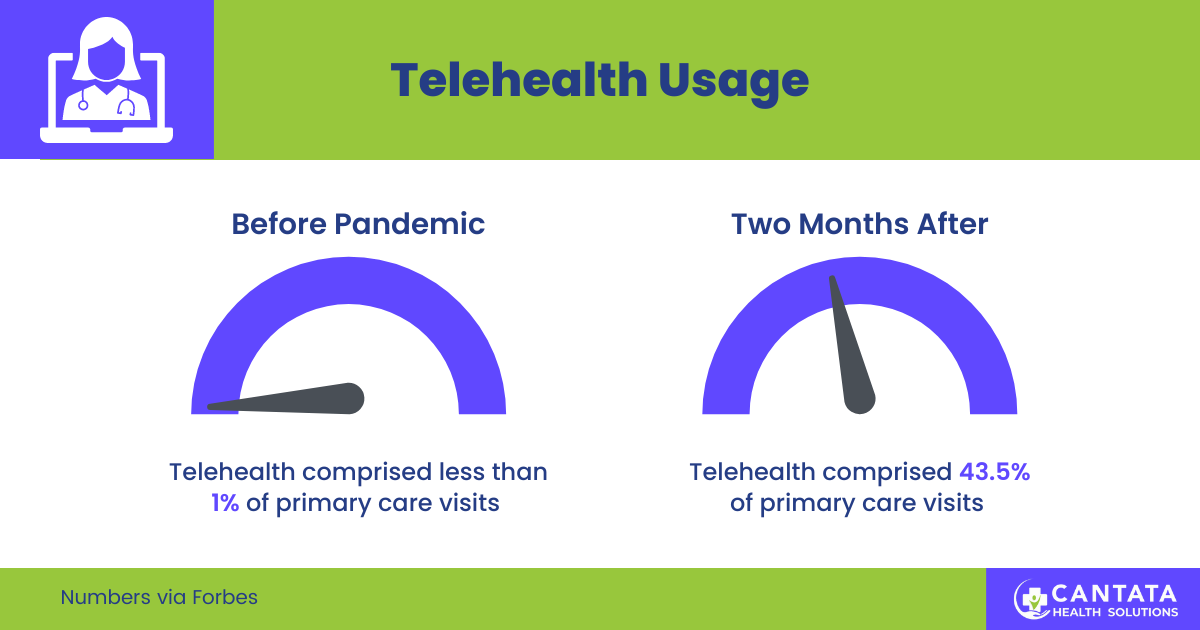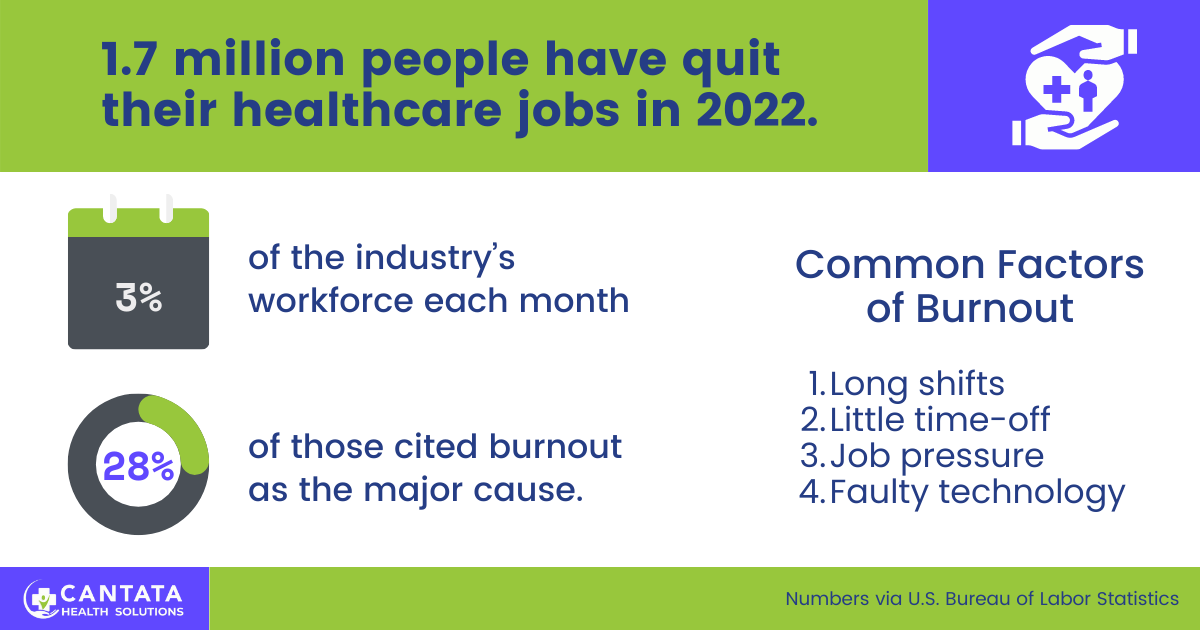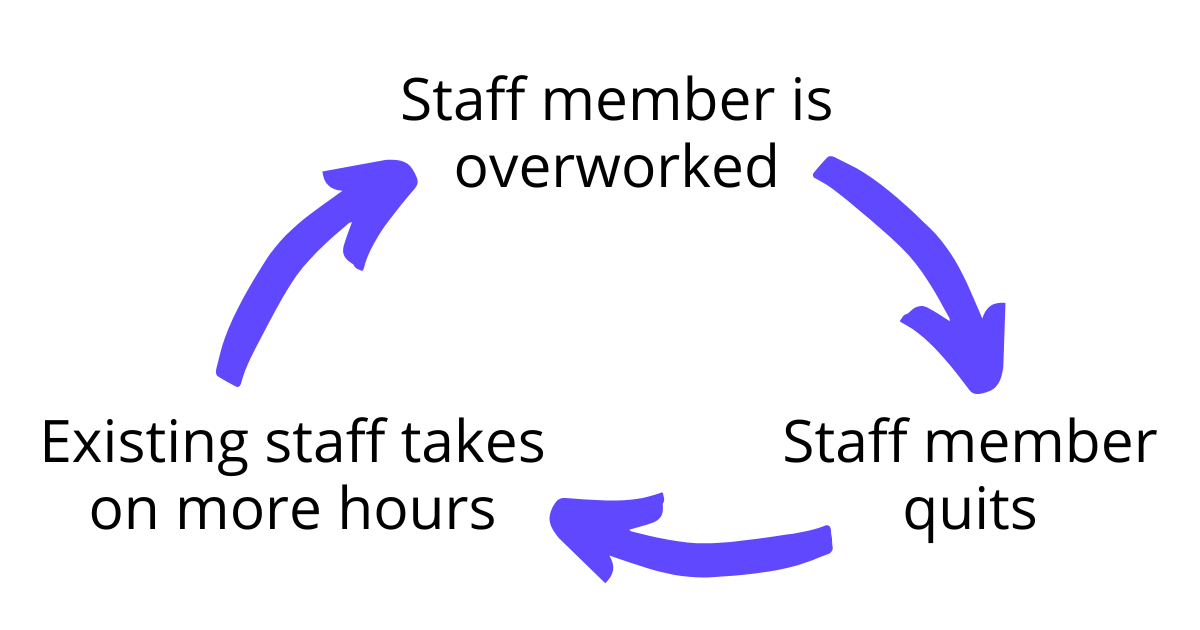Dynamic healthcare organizations are constantly looking for ways to improve efficiency and better serve individuals. While many steps go into healthcare optimization, reviewing your care delivery process and selecting a technology to support it is a great place to begin. Every small step will help foster better engagement with your clients and a more productive and positive work environment for all. By taking the time to assess your current state and planning a realistic roadmap of desired changes, you can make headway and create an upward spiral of success. There are many factors to consider when selecting a technology to implement your optimized processes. The most important is whether the potential partner offers a scalable and flexible platform to meet your organization’s ever-changing needs, however, you should first understand the reasons for optimization.
Why Optimize?
To optimize something means to make it as effective and efficient as possible. When it comes to healthcare organizations, this means improving care delivery and staff satisfaction while also reducing costs.
There are many ways to optimize a healthcare organization, but some of the most effective methods include:
- Automating repetitive tasks: This can free up time for staff to focus on more critical tasks and improve efficiency.
- Improving communication: This can help reduce misunderstandings and improve collaboration between different departments.
Implementing new technologies can help reduce errors, improve communication, and make care delivery more efficient. Selecting the right technology partner is imperative. Keep reading to learn more.
Addressing the Challenges of Healthcare Optimization
One of the biggest challenges of optimization is change management. Implementing new technologies and automating repetitive tasks can be disruptive to normal operations. It’s essential to have a plan in place to help staff transition to the new way of doing things. Another challenge is finding the right technology partner. There are many options, and it can be challenging to find the one that’s the best fit for your organization. Finally, you must ensure you have the right team to execute the plan.
By taking the time to optimize your healthcare organization, you can create a sustainable growth model that will benefit everyone involved! Implementing these changes can be challenging, but the long-term rewards are worth it. Alongside our proven healthcare solutions, Cantata Health offers a variety of Managed IT Services to help organizations optimize and make the most of their technology investment actively.
Optimization Outcomes
There are many rewards to optimizing your healthcare organization. One of the most significant benefits is increased efficiency. Automating repetitive tasks and implementing new technologies can help free up time for staff to focus on more critical tasks. This can lead to improved patient care and satisfaction. Another benefit is improved communication. Improved communication can help reduce misunderstandings and improve collaboration between different departments. Finally, optimizing your healthcare organization can create a sustainable growth model that will benefit everyone involved. Implementing these changes can be challenging, but the long-term rewards and sustainable growth are worth it!
Improved Care Delivery
The modernization of the internet forever changed the way individuals think and behave. They want the same type of experience, whether shopping, paying bills, or searching for care services. Recognizing this and taking steps to optimize your delivery of care to a patient-centered approach is a great way to retain clients, gain new ones, and improve your bottom line.
Patient centricity is when providers design treatment, clinical trials or alternative health solutions around a specific individual rather than a population. Even patients with identical conditions must be viewed differently because of the social determinants of health. The more customized treatment plans are, the better the outcomes. Involving patients in care decisions will also establish trust between both parties. The greater the level of trust, the more likely the patient will abide by their provider’s instructions, return to the facility, and refer their friends and family, thus increasing profit.
Aside from customizing treatment plans, patients also seek convenience—wanting services on their time based on their schedule. That’s where technology can help. Remote care (virtual visits, wearables, telehealth, telemedicine, etc.) has become increasingly popular across demographics as it benefits those who work late, care for children/elderly parents, or live far away from the nearest facility. Telemedicine also cuts wait times and costs, making it an essential tool for organizations, especially in the behavioral health space.1

Organizations can also increase patient engagement by allowing them to perform specific tasks online, such as filling out forms, viewing test results, paying bills, and scheduling appointments. These capabilities are all available in Cantata Health Solutions’ Consumer Portal. The portal provides an individual access point where patients and their relatives can view, download, and transmit notes and summaries. This access empowers the consumer and improves their overall satisfaction and experience.
The keys to patient retention are convenience and collaboration. By building solid relationships and offering technological enhancements, your clients will be sure to return to your facility.
Greater Staff Satisfaction
Creating a positive work environment has always been a signature of a growing organization. This focus has become even more critical in recent years, as healthcare workers have increasingly left their positions. Check out this infographic below, highlighting the concerning trend in healthcare. 2

Healthcare workers are responsible for the well-being of their patients, and they rely on technology to help them deliver on that commitment. Occasionally, however, technology (specifically EHRs) has done more harm than good. According to a 2019 survey, clinical process design and structure, both of which are highly impacted by EHRs, contributed to approximately 40% of clinician stress.3 Cantata Health Solutions’ Arize EHR provides an online environment that helps your staff focus on their clients instead of adding additional stress to their day. From its customizable dashboard, Google-like Smart Search function, intelligently filtered clinical decision support and mobile-first design, your staff will find its interface easy to navigate and its tools extremely valuable. Head to our blog to learn more about how our EHR can reduce clinician stress.
Your staff is the heart of your organization, and to keep it running correctly, executives must continue to prioritize keeping their team satisfied, or they may look for another position or quit the field entirely. If organizations do not make a change, they can get caught up in the cycle seen below.

Health Information Exchange
As patients transition between departments and organizations, providers need their information to treat them effectively. How could nurses tend to someone admitted to the hospital, insurance companies bill, pharmacists prescribe medication, and psychologists diagnose a mental disorder without access to one’s online records? CMS (Center for Medicare & Medicaid Services) regulations mandate that all health systems and EHRs be interoperable with their counterparts to improve workflow and maintain healthy clients.
A healthcare organization needs a dynamic system that can collect, read, receive, deliver and interpret the necessary data from one system to another. Health Level Seven (HL7) is a set of international standards that guides transferring and sharing of clinical and administrative data between various providers. Reducing human error is an excellent outcome of interoperability. Data must be exchanged across EHRs without ambiguity and risk of misinterpretation, and that can be achieved by providing a common language around diagnoses, allergies, procedures, etc.4
Direct messaging is another way to securely exchange health information between providers. Cantata Health Solutions’ Secure Data Exchange supports internal and external communication to improve the quality of short- and long-term care, making it easy for staff to send critical data and notes. We designed our Private HIE to exchange, integrate, and provide information to stakeholders; manage incoming and outgoing referrals; and connect to a network of providers. The solution also supports secure data sharing and reporting, sending and receiving events, and exchanging assessments or other system data.
For healthcare organizations to be successful, they must work in tandem with other internal and external facilities. The best way to collaborate, send and receive data is to adopt interoperability standards and tools.
Security Strategy
While information sharing is essential to efficient care delivery, ensuring the security of this data and protecting it from outside threats is equally important. According to the HIPAA Journal, 70 data breaches of 500 or more records were reported to the Department of Health and Human Services’ Office for Civil Rights in May 2022—a 25% increase from the previous month. It is also the highest monthly total so far this year, and well above the 12-month average of 56.75 data breaches per month.5 Healthcare organizations have had their hands full dealing with the impact of COVID-19, distracting them from their security plans and leaving their systems vulnerable to attacks. With the peak of the pandemic over, organizations can once again prioritize patient privacy.
There are several approaches organizations can take to strengthen security, including offering employee training sessions, completing regular software updates and certifications, installing firewalls and anti-virus systems, and backing up all data. Each staff member has a role in cyber safety, such as reporting suspicious phone calls, emails, or system activity, and creating strong and unique passwords. While it is almost impossible to prevent all cyber-attacks, your organization will be in a better position to address them. For more cyber security advice, head to a past blog post.
Selecting a Technology Partner
There are many factors to consider when selecting a technology. The most important is whether the potential partner offers a scalable and flexible platform to meet your organization’s needs. Will your technology partner work with you to understand your reasons for optimization? Does it offer the latest technology to cover your current needs and have a proven track record of delivering relevant features that meet the ever-evolving requirements for healthcare providers? It’s also important to consider whether the vendor has experience implementing EHRs in healthcare organizations like yours.
Another factor to consider is the vendor’s customer service and support. You want to partner with a technology vendor that will be there to help you every step of the way. Cantata Health Solutions has an experienced leadership team that carefully guides the development, delivery, and support of digital healthcare solutions like Arize EHR to meet the needs of healthcare organizations focused on growth.
Conclusion
Investing time and resources to optimize your healthcare organization can create a sustainable growth model that will benefit everyone involved, from patients to providers! Implementing these changes can be challenging, but the long-term rewards are worth it.
. . . . . . . . . . . . . . . . . . . . . . . . . . . . . . . . . . . . . . . . . . . . . . . . . . . . . . . . . . . . . . . . . . . . . .
REFERENCES:
- Alexiou, Gus. “Inaccessible Telehealth Apps Don’t Just Exclude – They’re A Matter Of Life And Death.” Forbes, 29 June 2022, https://www.forbes.com/sites/gusalexiou/2022/06/29/inaccessible-telehealth-apps-dont-just-exclude–theyre-a-matter-of-life-and-death/.
- Gordon, Deb. “Amid Healthcare’s Great Resignation, Burned out Workers Are Pursuing Flexibility and Passion.” Forbes, Forbes Magazine, 25 May 2022, https://www.forbes.com/sites/debgordon/2022/05/17/amid-healthcares-great-resignation-burned-out-workers-are-pursuing-flexibility-and-passion/.
- Jason, Christopher. “Study Shows Physician Burnout Directly Related to EHRs.” EHRIntelligence, 26 Sept. 2019, https://ehrintelligence.com/news/study-shows-physician-burnout-directly-related-to-ehrs.
- “What Is HL7 and Why Does Healthcare Need It?” OH Blog, Orion Health, 6 July 2020, https://blog.orionhealth.com/what-is-hl7-and-why-does-healthcare-need-it/.
- “May 2022 Healthcare Data Breach Report.” HIPAA Journal, 21 June 2022, https://www.hipaajournal.com/may-2022-healthcare-data-breach-report/.
